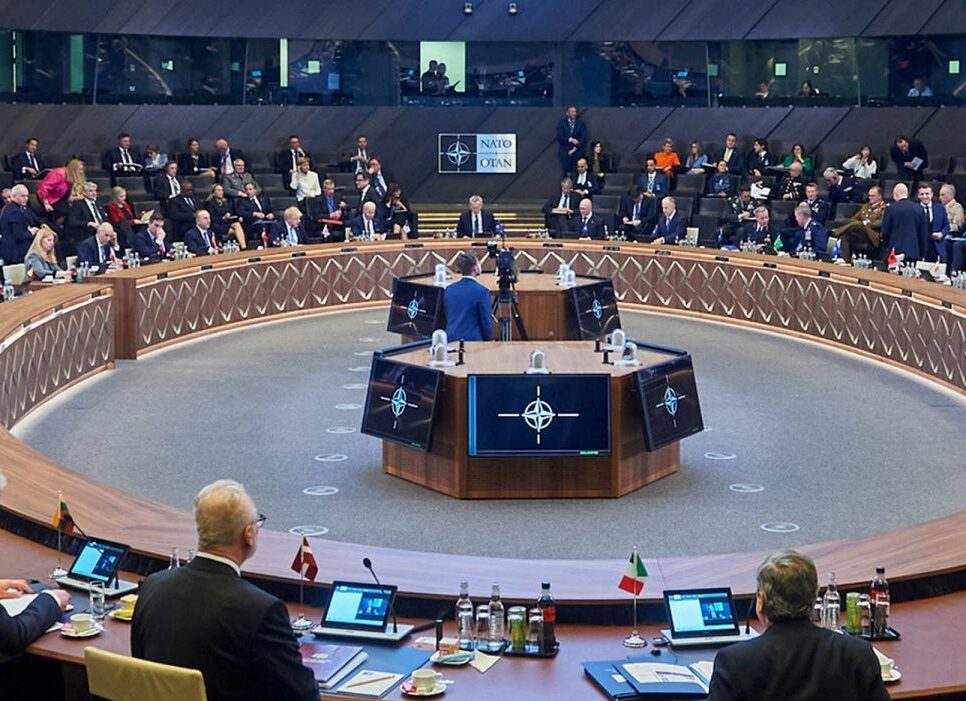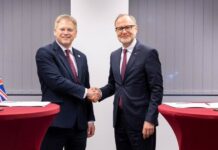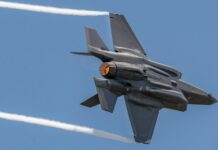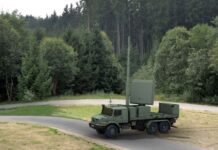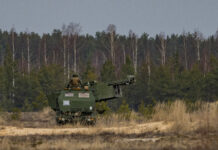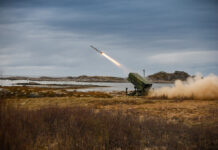NATO Secretary General Jens Stoltenberg’s review of his 2022 Annual Report, which was released on 21 March 2023, included a clear call for further efforts among NATO nations to reach the alliance’s 2% of GDP spending target.
Over 172 pages the annual report sums up NATO’s work, including its support for Ukraine. NATO’s response to the Ukraine conflict – the biggest security crisis in Europe since the Second World War – is discussed, as is the alliance’s new strategic concept. The report also includes results of the annual surveys on public perceptions of NATO. For the first time, Finland and Sweden were included.

The Secretary General welcomed the fact that 2022 would be the eighth consecutive year of increased defence spending in Europe and Canada. This would represent a 2.2% increase in real terms and a total increase of USD 350 Bn (EUR 321.3 Bn) compared to 2014. “We are moving in the right direction, but we are not moving as fast as the dangerous world we live in demands,” noted Stoltenberg. He said he expected the allies to agree an ambitious new defence investment pledge at the Vilnius summit in July, with the allies increasingly seeing 2% of GDP spent on defence “as a floor and not a ceiling”.
In 2022 seven of the 30 NATO member states met the 2% target, originally declared in 2014: Estonia, Greece, Latvia, Lithuania, Poland, the United Kingdom and the United States. By comparison, in 2021, six allies reached the two per cent target, while 10 did in 2020.
In total, the NATO countries spent USD 1.175 Tn on defence in 2022: 1.9% more than in 2021. Germany missed the target of 2% of GDP and spent just under USD 61 Bn.

In a qualified examination of the figures, it can be seen that a large part of the expenditure is accounted for by personnel costs. The front-runner here is Portugal, which invests 63.06% of its defence budget in personnel, followed by Italy with 62%. Spain’s personnel share is 53.7%, Germany’s 39.06%, France’s 41.65%, the USA’s 38.84% and the UK’s just under 31%. Spending the least on personnel, which should actually be seen in a positive light, is Luxembourg with 24.11%.
At just over 48%, Hungary invested more than all the other nations in equipment and related research and development costs. Twenty-two NATO member states, including Montenegro and Romania, invested more than 20% of their defence budgets on equipment, with the UK spending 28.06%, Spain 26.05%, Italy 22.69%, France 28.55%, Poland 35.92% and the USA 27.23%. Portugal comes last in this category with 17.93%, Germany third last with 19.93%.
In absolute terms, however, Germany’s defence spending of USD 60.97 Bn makes it second largest-spending European NATO partner after the UK. This is ahead of France with USD 52.443 Bn and Italy with USD 30.396 Bn.
The discrepancy in the ratio of defence spending to GDP becomes clear in the report; for example, while Germany contributed 9 per cent of the total of NATO members’ GDP in 2022, it only contributed 5% of NATO members’ total defence expenditure.
In addition to the figures, the annual report contains the results of new surveys on the public perception of the alliance and for the first time Finns and Swedes were also surveyed for this. The results show that general support for the NATO Alliance, transatlantic ties and collective defence remain strong. In all, 70% of the citizens of NATO member states surveyed voted for their nation to remain in the alliance, while more than 80% consider co-operation between North America and Europe on security important. The polling also showed that 75% of respondents believe defence spending should either be maintained at current levels or increased: an increase compared to 2021’s figure of 70%. This contrasts with 12% who think less should be spent on defence.
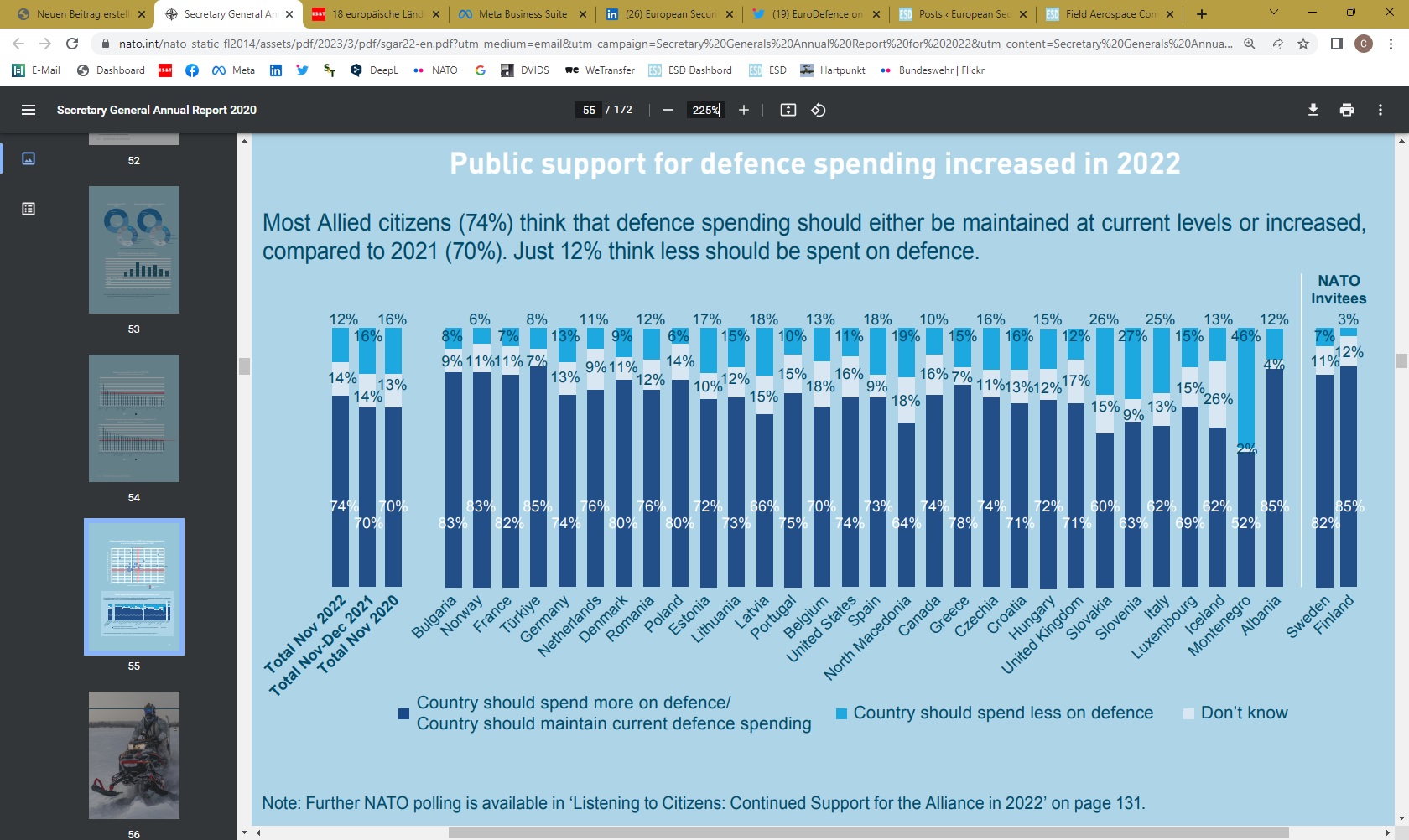
NATO Spending by Country (USD million)
| 2022 | 2021 | 2020 | |
| United States | 821,830 | 793,990 | 770,650 |
| United Kingdom | 67,721 | 71,938 | 63,500 |
| Germany | 60,967 | 62,054 | 58,652 |
| France | 52,443 | 56,561 | 52,519 |
| Italy | 30,396 | 33,157 | 30,084 |
| Canada | 28,181 | 25,502 | 23,330 |
| Poland | 17,132 | 15,099 | 13,363 |
| Netherlands | 15,652 | 13,953 | 12,838 |
| Spain | 14,941 | 14,849 | 12,828 |
| Türkiye | 11,946 | 13,137 | 13,396 |
| Norway | 8,400 | 8,438 | 7,228 |
| Greece | 7,869 | 8,006 | 5,492 |
| Belgium | 6,901 | 6,245 | 5,324 |
| Denmark | 5,487 | 5,274 | 4,886 |
| Romania | 5,190 | 5,294 | 5,050 |
| Czechia | 3,905 | 3,915 | 3,199 |
| Portugal | 3,518 | 3,899 | 3,273 |
| Hungary | 2,811 | 3,061 | 2,767 |
| Slovak Republic | 2,004 | 2,066 | 2,049 |
| Lithuania | 1,741 | 1,308 | 1,176 |
| Bulgaria | 1,341 | 1,276 | 1,121 |
| Croatia | 1,288 | 1,361 | 983 |
| Latvia | 852 | 824 | 743 |
| Estonia | 815 | 749 | 719 |
| Slovenia | 776 | 763 | 568 |
| Luxembourg | 512 | 403 | 426 |
| Albania | 289 | 224 | 197 |
| North Macedonia | 226 | 204 | 154 |
| Montenegro | 86 | 91 | 83 |
Hans Uwe Mergener


